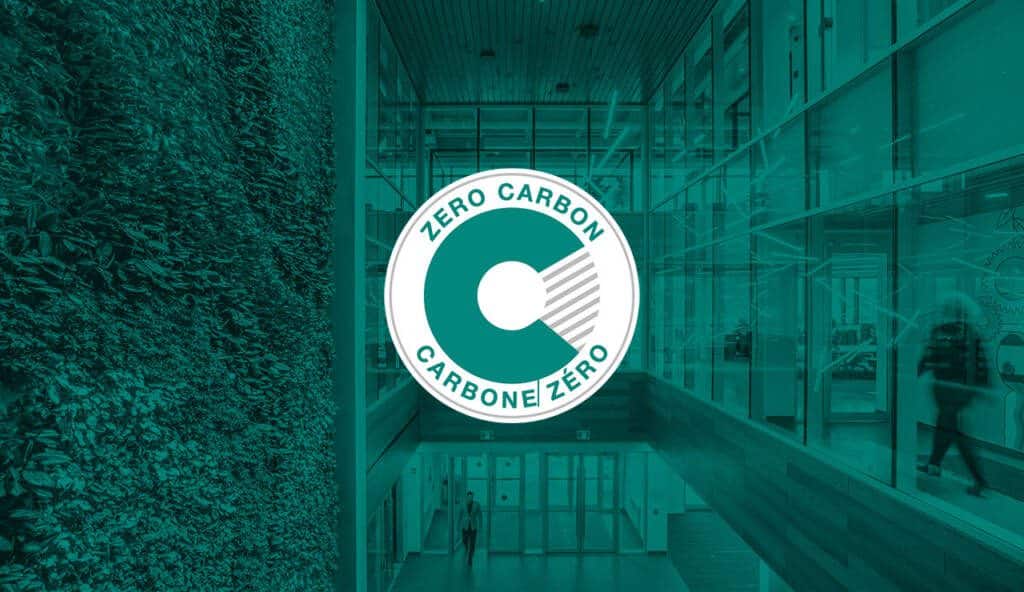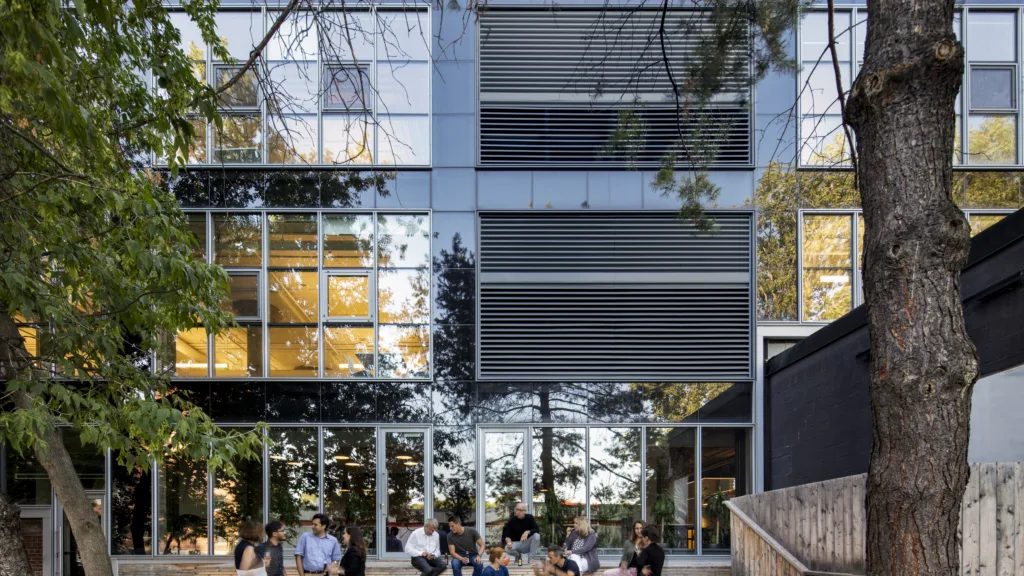Celebrating eight years of innovation
How Canada’s Zero Carbon Building Standards are shaping the future of real estate
CAGBC staff on October 29, 2025
- Theme
- Zero Carbon
This fall marks a significant milestone for Canada’s green building sector: the 8th anniversary of the Zero Carbon Building Standards™ (ZCB Standards), a made-in-Canada initiative that redefines how we measure innovation in the built environment. Launched in 2017 by CAGBC, this bold idea of prioritizing carbon—not just energy—was a global first. Today, it’s a national benchmark.
With market expectations shifting and climate policy accelerating, ZCB has never been more relevant. It’s more than a certification—it’s a strategic framework for managing risk, enhancing resilience, and driving long-term value.

Leading the shift to net zero
From the beginning, ZCB was designed to push boundaries. Over the years, it has introduced a series of breakthroughs that have since help shape building policy and practice:
ZCB was first to:
- Prioritize carbon emissions—both operational and embodied—over energy use alone
- Require whole-building life cycle assessments (WBLCA)
- Introduce minimum embodied carbon performance requirements
- Limit onsite combustion for space and water heating
- Mandate transition plans for long-term decarbonization
- Cap refrigerant global warming potential
“ZCB was always meant to be a tool for progress,” says Mark Hutchinson, Senior VP of Green Building Programs & Innovation at CAGBC. “It’s forward-looking by design—pushing the market ahead, but always in step with what’s achievable.”
A growing network of leaders
Since 2017, ZCB has grown steadily
- 146 projects certified under ZCB-Design
- 84 buildings certified under ZCB-Performance
- 230 total certifications nationwide
Many projects are now pursuing recertification, reinforcing that ZCB is a long-term operational commitment, not a one-time label. Cadillac Fairview, for example, holds the highest number of ZCB-Performance certifications in Canada—proof that institutional owners see ZCB as integral to their portfolio strategy.
The value proposition: Risk, resilience, and returns

As climate-related regulations tighten and climate risk disclosure expands, ZCB is becoming more than just an environmental imperative—it’s a strategic business decision. By aligning buildings with a net-zero emissions future, owners and investors can reduce transition risk, avoid stranded assets, and enhance valuation over time.
ZCB-certified buildings are also expected to deliver lower operating expenses, thanks to efficient systems, smart electrification strategies, and improved resilience to utility cost fluctuations. In fact, for many owners, ZCB is no longer a “nice-to-have”—it’s a must.